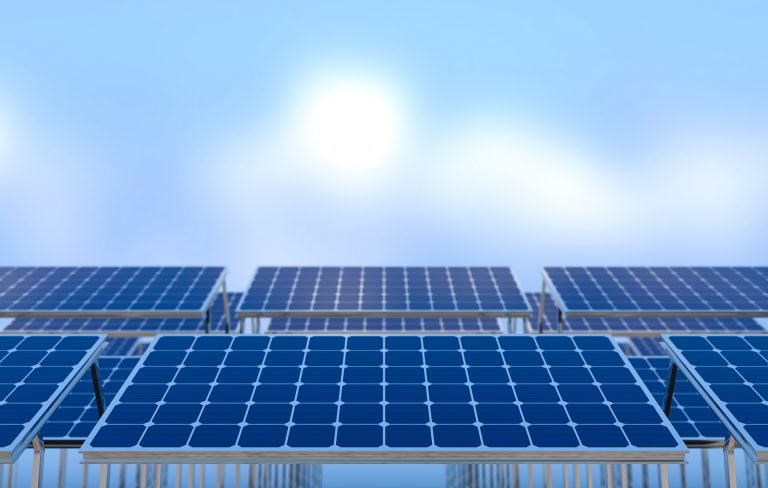Off-grid and remote areas are regions that are not a part of the conventional electricity grid, including isolated towns, islands, and wilderness regions. These regions frequently use diesel generators or other fossil fuels to meet their energy needs, which can be costly and harmful to the environment. An environmentally friendly and cost-effective alternative is offered by solar energy. In order to provide a dependable source of electricity and raise the standard of living for those who live in off-the-grid and remote places, we will examine the numerous ways that solar energy can be used in this blog article.
Solar Panels for Electricity Generation
One of the most popular methods that solar energy is used in off-grid and isolated places is through solar panels. Solar panels function by converting sunlight into electricity, which may subsequently be used to run streetlights, other infrastructure, as well as residences, businesses, and other buildings. Solar panels can be used in conjunction with battery storage systems in off-the-grid and remote locations. These systems can store extra energy produced during the day for use at night or during periods of low sunlight.
Solar panel systems’ affordability is one of their key benefits. Although a solar panel system may require a larger initial investment than a conventional power system, over time, electricity bills can be significantly reduced. Additionally, solar panel systems are becoming more and more economical as the technology underlying them advances.
Solar Water Pumps
In off-grid and rural places, solar energy can also be used to power solar water pumps. The motors that power these pumps, which can pump water for drinking, irrigation, and other uses, are powered by solar energy. In off-grid and isolated locations with scant or no access to electricity, solar water pumps are very helpful.
Solar water pumps have the potential to reduce costs over time, just as solar panel installations. Solar water pumps can minimise the demand for diesel fuel or other fossil fuels, which can be expensive and challenging to deliver to remote places, in addition to the savings on electricity expenses.
Solar-Powered Microgrids
In rural and off-grid locations, solar-powered microgrids are becoming more and more common. Microgrids are compact, neighbourhood power systems that can be utilised to provide electricity to a particular neighbourhood or region. They can be made to be either connected to the main power grid or fully autonomous, and they can be powered by a variety of resources, such as solar panels and batteries.
Microgrids’ capacity to offer a dependable source of power even when the primary power grid is down is one of its main advantages. Microgrids can also be made to be scalable, allowing for simple expansion when a community or region’s demands alter.
Conclusion
In conclusion, solar energy offers a flexible and affordable option for supplying power to remote and off-grid locations. Solar energy is positioned to play an increasingly significant role in supplying these regions’ energy demands in the future thanks to technological improvements and a rising understanding of the environmental advantages of clean energy. There are many ways solar energy may be used in off-grid and remote places to offer a dependable source of electricity and enhance the quality of life for those who live there, from solar panels to water pumps and microgrids.






